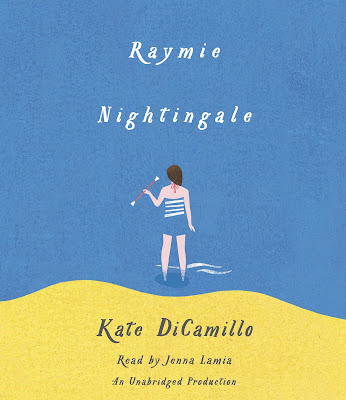Step-by-step, fold-by-fold the, event-by-event the listeners are lead to a beautiful conclusion and the creation of a distinctive bird. Before the sound of the final word has faded in the room, every single student wants to make that bird. Twenty-five (or more) little guys and gals with square sheets of paper and one teacher attempting to help them all is an unforgettable time full of lots of smiles. Taking it slow and persistence are keys to success.
 In her picture book debut author Dori Kleber portrays a boy with a passion for learning an ancient art. More-igami (Candlewick Press, May 10, 2016) with illustrations by G. Brian Karas follows a love which turns into a cherished skill. It's a skill worth sharing.
In her picture book debut author Dori Kleber portrays a boy with a passion for learning an ancient art. More-igami (Candlewick Press, May 10, 2016) with illustrations by G. Brian Karas follows a love which turns into a cherished skill. It's a skill worth sharing.
Joey loved things that folded.
No fold went unnoticed by Joey. His acquisition of folded items grew. Awake and asleep this boy was as close to anything folded as he could be.
When a classmate's mother came to school and made an origami crane, Joey's heart nearly burst with joy. He wanted to be taught to make a crane but he was advised
you'll need practice and patience.
No piece of paper was safe from Joey's eager, creative hands. Homework, his sister's violin music, and a special family recipe card were bent into shapes. When he used dollar bills from his mother's purse, she asked him to stop his folding. How can you achieve success at origami if you aren't allowed to fold available paper?
A neighbor, a restaurateur, offers counsel. Mr. Lopez then notices what Joey's restless hands have made. After school every day the boy visited Mr. Lopez his hands guided by his heart, until one day he was asked a question. Joey's reply was an end and a beginning.
Simple enlightening sentences begin the narrative introducing us to Joey. Dori Kleber uses verbs, collected, played and slept to convey the boy's love of all things folded. We understand from these why seeing the art of origami demonstrated fills him with the desire to learn. Kleber's solution to Joey's problem is ingenious. She also ties beginning moments and concluding moments with the use of repetitive words. Here is a sample passage.
Joey started that afternoon. He practiced on his notebook paper and on the construction paper from the art shelf. But even his simple shapes were crooked and crumpled.
The layout and design of the matching dust jacket and book case are a true reflection of the story. G. Brian Karas renders all the illustrations using gouache and pencil on paper. On the front he frames Joey, hard at work, in origami folds. To the left, on the back, is a triangle-patterned paper in orange and white. This is used again on the left side of the opening endpapers. The three remaining portions of the endpapers are different pieces of origami paper, a floral, a stripe and another floral. The green shapes on the front of the jacket and cover are enlarged in a different green shade as a background on the verso and title pages.
As a canvas for images throughout the book, Karas continues with lightly colored varied hues with noticeable folds. Each picture contains, regardless of the background, paper shapes in the elements. Karas alters his perspective as the story progresses bringing us further emotionally into narrative. Endearing warmth is in the visuals due to the facial expressions of each character.
One of my favorite illustrations spans two pages. We see six different pictures of Joey. He is placed within sections of folded pale blue paper wearing a red and white striped shirt. In each of these snapshots of him he is at a different stage in folding an origami animal. It's a marvelous way to show the progression of Joey's skill and the completion of this item. His actions are precise and his attention is complete.
More-igami written by Dori Kleber with illustrations by G. Brian Karas is a charming book about working hard to achieve a goal. When one door is closed, another can open in the most unlikely of places. A spark becomes a flame and then ignites another. At the conclusion of the book G. Brian Karas has illustrated the six steps to creating an origami ladybug.
To discover more about Dori Kleber and G. Brian Karas and their work please follow the links attached to their names to access their respective websites. If you go to the publisher's website you can view an interior image. Dori Kleber is interviewed at The Winged Pen.













